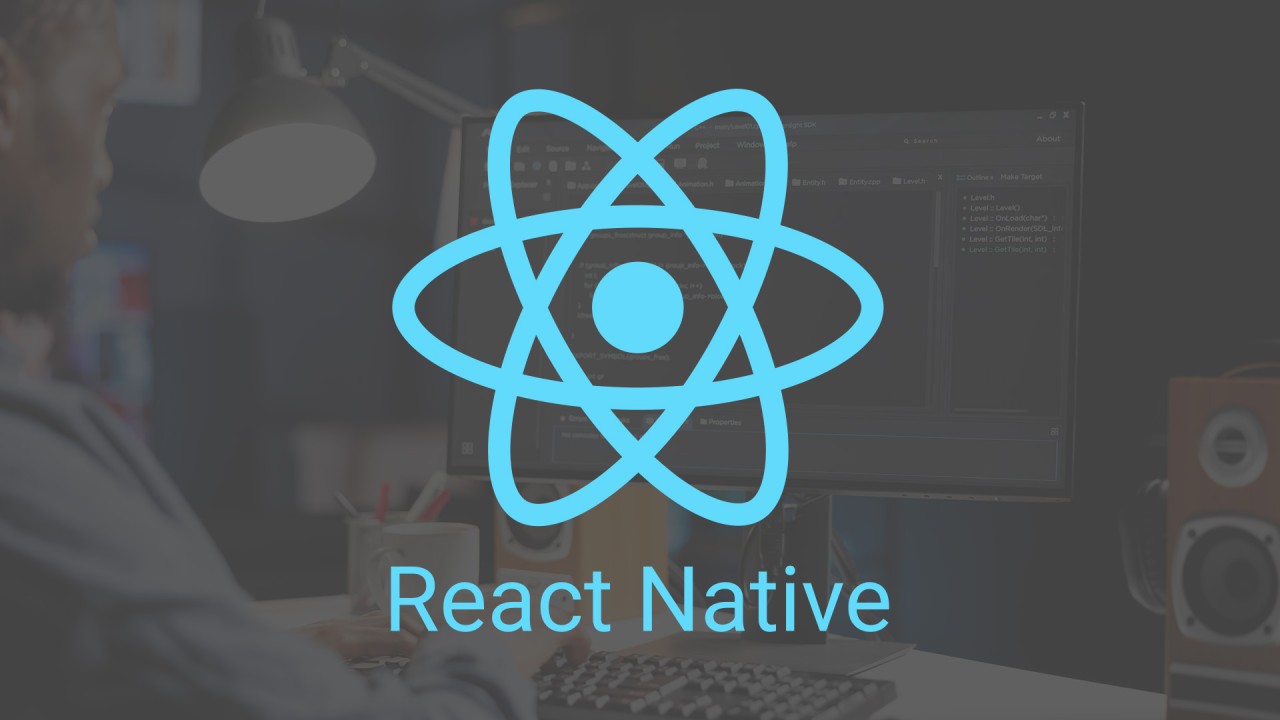
Building Custom Native Modules for Enhanced Functionality
Himanshu Patel (PMP, PgMP)
"Helping enterprises and startups achieve their goals through product strategy, exceptional UX design, software engineering, and app development. Quick chat connect at +17823772840
In the fast-paced world of mobile app development, creating seamless and performant applications is a top priority. While frameworks like React Native and Flutter provide a plethora of built-in components and functionalities, there are times when these out-of-the-box solutions fall short of your specific requirements. This is where custom native modules come into play, offering a way to extend the functionality of your app beyond the limitations of the framework. In this blog post, we'll explore the process of building custom native modules for both iOS and Android, ensuring enhanced functionality and a superior user experience.
Understanding Native Modules
Native modules are platform-specific code that interacts with the native APIs of iOS and Android. They enable you to leverage native capabilities that are not available through the framework’s JavaScript or Dart APIs. By creating custom native modules, you can tap into features such as advanced networking, custom UI components, and hardware-specific functions.
When to Use Custom Native Modules
Before diving into the development of custom native modules, it’s essential to identify scenarios where they are necessary:
Setting Up the Development Environment
To build custom native modules, you need a proper development environment for both iOS and Android.
For iOS:
For Android:
Building a Custom Native Module for iOS
Let’s start with building a custom native module for iOS using React Native as an example:
#import <React/RCTBridgeModule.h>
@interface RCT_EXTERN_MODULE(CustomModule, NSObject)
RCT_EXTERN_METHOD(getBatteryLevel:(RCTResponseSenderBlock)callback)
@end
领英推荐
#import "React/RCTBridgeModule.h"
@interface CustomModule : NSObject <RCTBridgeModule>
@end
@implementation CustomModule
RCT_EXPORT_MODULE();
RCT_EXPORT_METHOD(getBatteryLevel:(RCTResponseSenderBlock)callback) {
UIDevice *device = [UIDevice currentDevice];
device.batteryMonitoringEnabled = YES;
float batteryLevel = device.batteryLevel * 100;
callback(@[@(batteryLevel)]);
}
@end
pod 'React', :path => '../node_modules/react-native', :subspecs => [
'Core',
]
:
import { NativeModules } from 'react-native';
const { CustomModule } = NativeModules;
CustomModule.getBatteryLevel((batteryLevel) => {
console.log(`Battery level: ${batteryLevel}%`);
});
Building a Custom Native Module for Android
Now, let’s build a custom native module for Android:
package com.yourapp;
import android.os.BatteryManager;
import android.content.Intent;
import android.content.IntentFilter;
import com.facebook.react.bridge.ReactApplicationContext;
import com.facebook.react.bridge.ReactContextBaseJavaModule;
import com.facebook.react.bridge.ReactMethod;
import com.facebook.react.bridge.Callback;
public class CustomModule extends ReactContextBaseJavaModule {
CustomModule(ReactApplicationContext context) {
super(context);
}
@Override
public String getName() {
return "CustomModule";
}
@ReactMethod
public void getBatteryLevel(Callback callback) {
BatteryManager batteryManager = (BatteryManager) getReactApplicationContext().getSystemService(BATTERY_SERVICE);
int batteryLevel = batteryManager.getIntProperty(BatteryManager.BATTERY_PROPERTY_CAPACITY);
callback.invoke(batteryLevel);
}
}
@Override
protected List<ReactPackage> getPackages() {
return Arrays.<ReactPackage>asList(
new MainReactPackage(),
new CustomPackage() // Register your module package here
);
}
:
import { NativeModules } from 'react-native';
const { CustomModule } = NativeModules;
CustomModule.getBatteryLevel((batteryLevel) => {
console.log(`Battery level: ${batteryLevel}%`);
});
Conclusion
Building custom native modules in React Native allows developers to enhance the functionality of their applications significantly. By leveraging the power of native code, you can provide users with a more robust and performant experience. For businesses seeking to create feature-rich mobile applications, partnering with a top React Native app development company can be a game-changer. These companies possess the expertise to seamlessly integrate custom native modules, ensuring your app stands out in the competitive market.
In summary, custom native modules are a powerful tool in the React Native developer's arsenal. By following the steps outlined in this blog, you can unlock new possibilities and create exceptional mobile applications that meet the unique needs of your users.